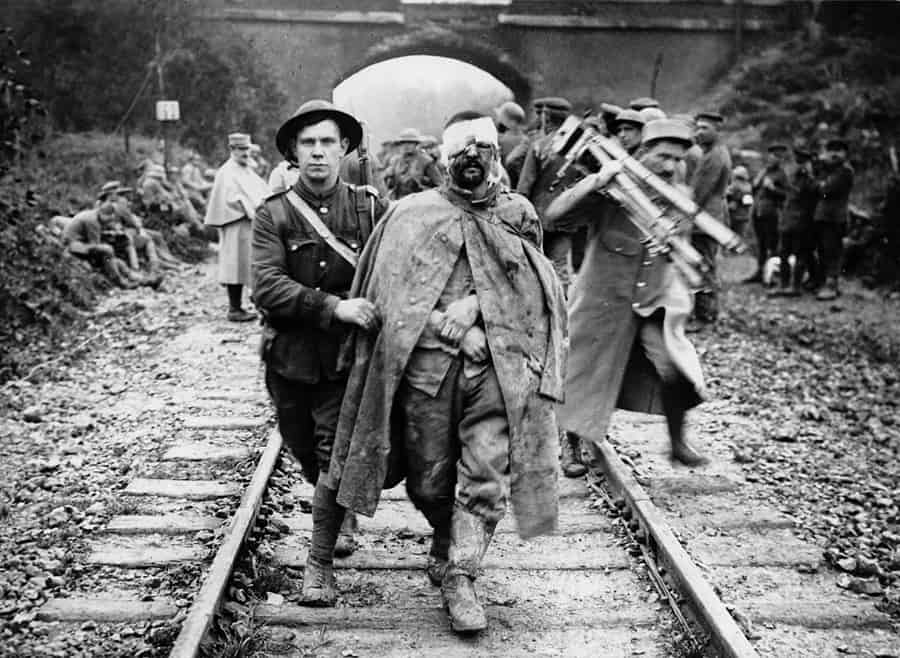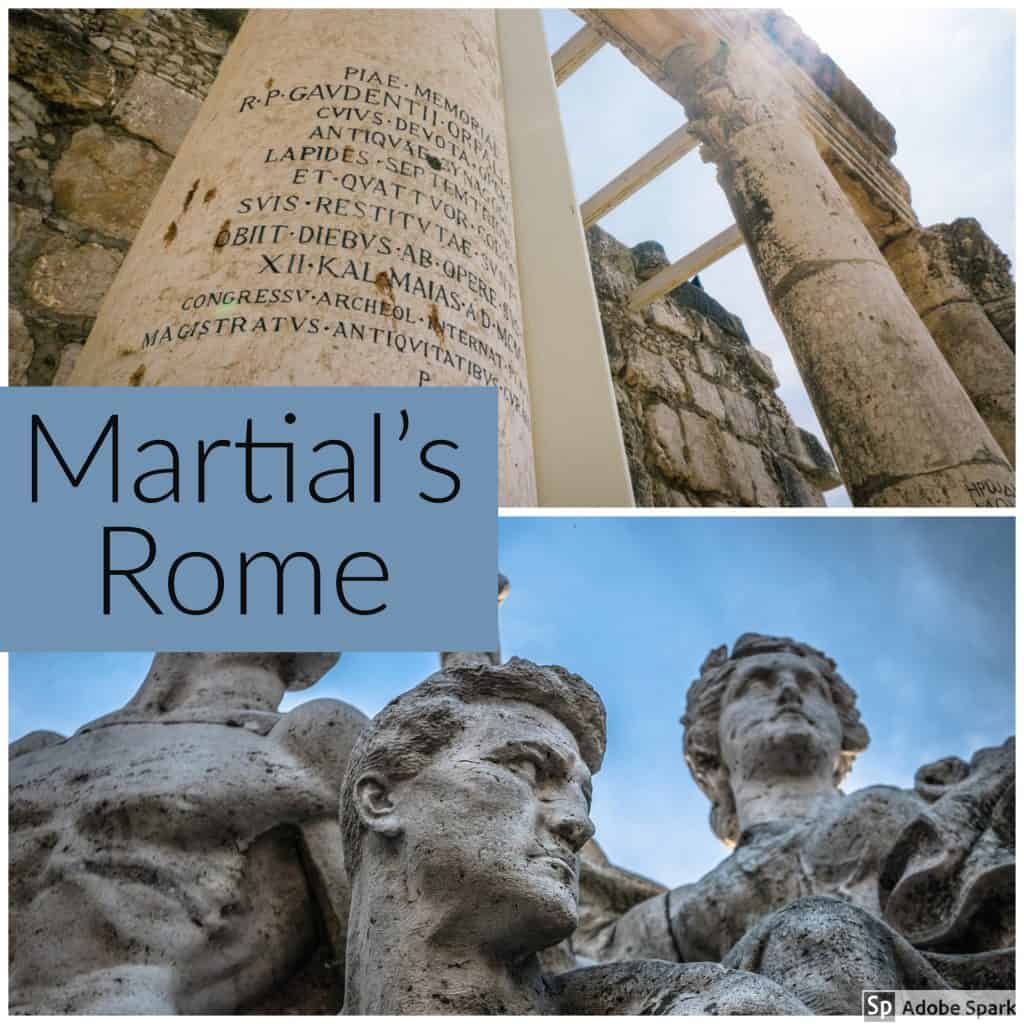High school students will be guided through a lesson exploring the United States’ shift from neutrality in WWI to the declaration of war. This lesson will occur within our WWI unit. Students will have a background on WWI in general, but limited background on the United States’ involvement. This lesson will serve as a bit of an introduction to this aspect of WWI.
Students will be asked to work their way through this collaborative google document in pairs (or individually, if that is preferred). Students will explore a variety of primary sources, and answer guiding questions, all while responding and commenting on each other’s responses.
Additionally, students will be asked to find a primary source that shows the shifting attitude from neutrality to support of the allies in WWI. Students will explain whether that source would have been convincing to them, had they been American citizens during this time.
This activity is adapted from DPLA’s WWI activity.


